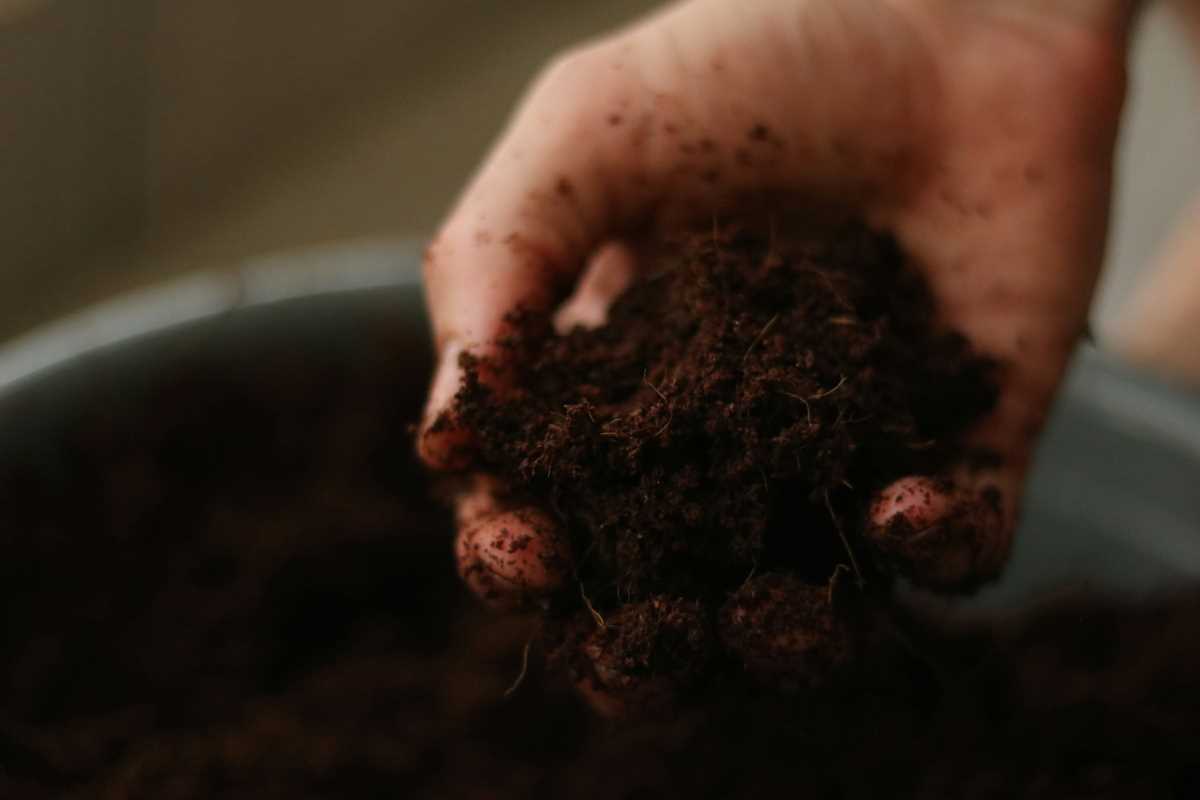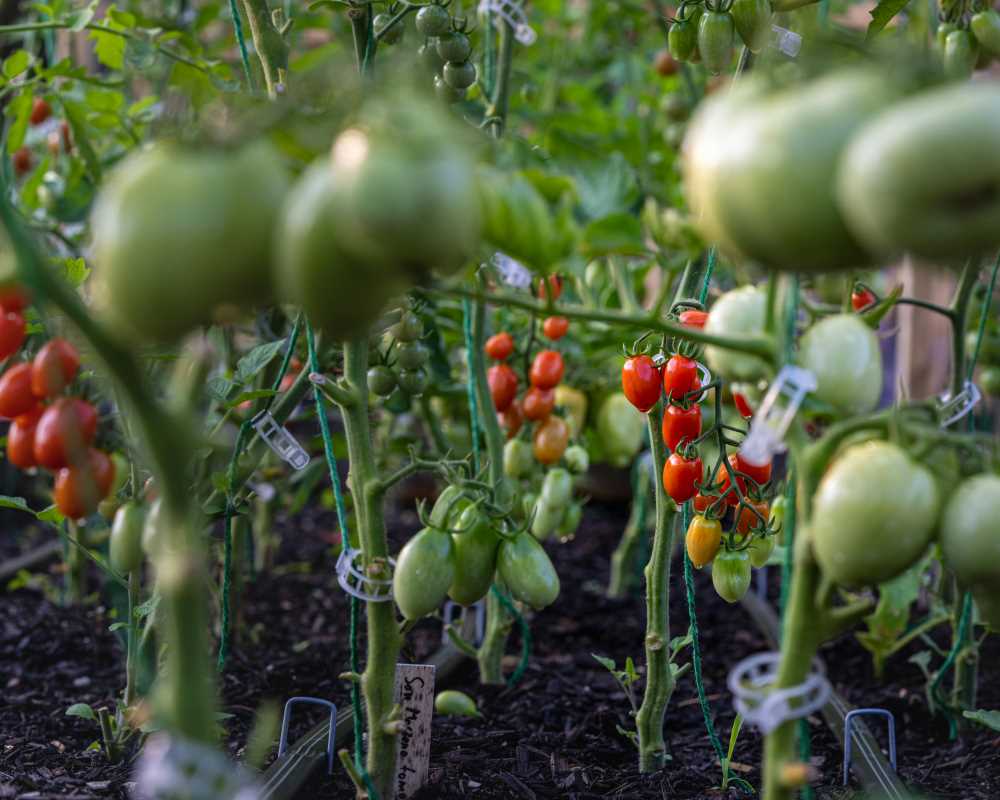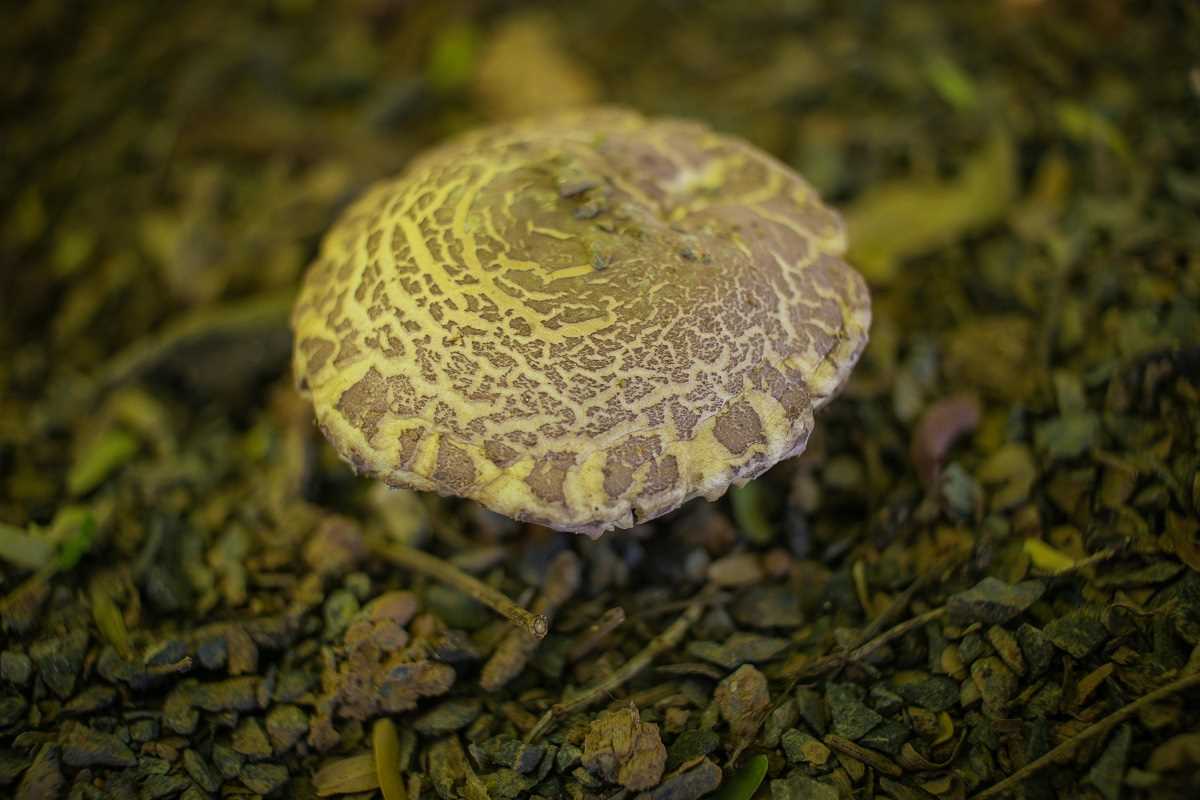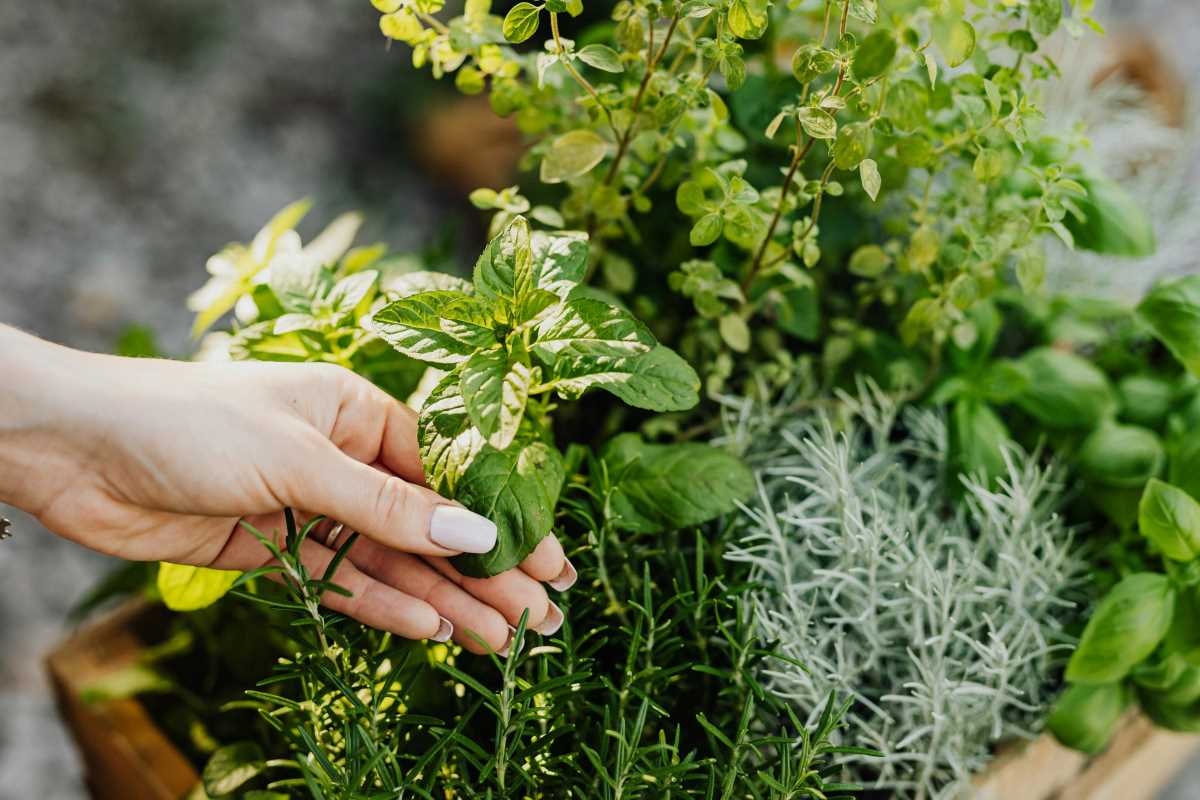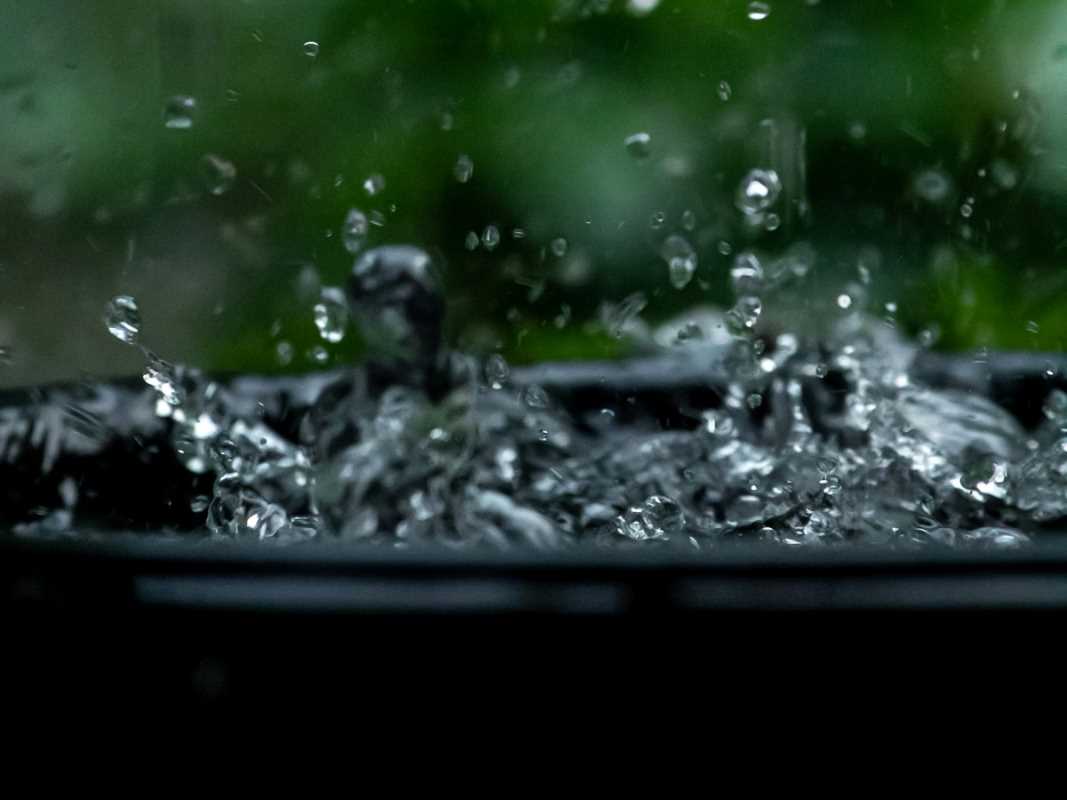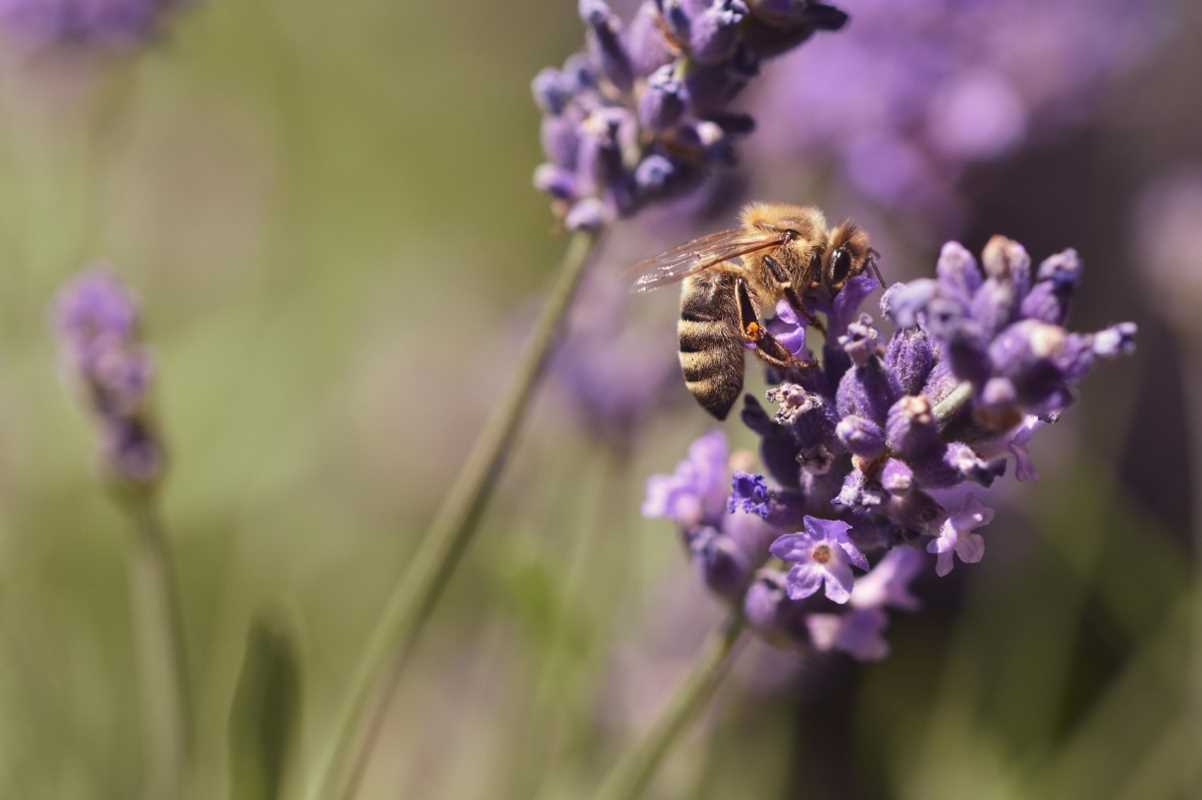Nothing adds life to a garden like the flutter of vibrant birds. While feeders and suet can draw in a crowd, not everyone wants to use them. Whether you’re avoiding animal by-products, looking to reduce maintenance, or simply searching for natural ways to attract birds, there are plenty of alternatives to make your garden a haven for feathered friends.
By focusing on native plants, water sources, and effective habitat creation, you can create a sustainable ecosystem that supports your local bird populations all year round. Here's how to transform your garden into a bird-friendly sanctuary without relying on feeders or animal-based products.
Why Attract Birds Naturally?
Attracting birds without feeders taps into their instincts by replicating the resources they find in the wild. This approach benefits not just the birds, but also your garden and its surrounding ecosystem.
Key Benefits of a Natural Bird-Friendly Garden:
- Supports Local Ecosystems: Native plants, clean water, and natural habitats nurture birds while boosting local biodiversity.
- Low Maintenance: Unlike feeders, which need frequent refilling and cleaning, natural food and shelter require less upkeep.
- Eco-Friendly: This method avoids generating waste from packaging or processing associated with feeders and animal by-products.
- Improved Pest Control: Many birds, like wrens and chickadees, eat insects and help naturally manage garden pests.
Without further ado, here’s how you can make your garden a magnet for birds the eco-conscious way.
Build a Bird-Friendly Garden
Your garden can provide everything birds need to thrive, from abundant food sources to safe places to nest and shelter. Here’s how to get started.
1. Plant Native Trees, Shrubs, and Flowers
Native plants are a win-win for birds and your garden. They provide familiar food sources, like berries, nectar, and seeds, that align with local birds’ diets. Plus, they’re adapted to the regional climate and require less water or maintenance.
Trees That Attract Birds
- Oak: Produces acorns for jays and woodpeckers while hosting caterpillars that birds eat during breeding season.
- Dogwood: Provides berries that sustain migratory birds, especially in fall.
- Pine: Offers seeds while doubling as year-round shelter.
Bird-Friendly Shrubs and Bushes
- Holly: Berries provide winter sustenance for birds like robins and waxwings.
- Serviceberry: Its small, sweet berries are a hit with songbirds.
- Elderberry: A great source of late-summer food while also attracting insects birds feed on.
Flowers That Offer Nectar and Seeds
- Coneflower (Echinacea): Nourishes finches and other seed-eating birds after flowering.
- Black-eyed Susan: Attracts insects and offers small seeds in late summer.
- Hummingbird Sage: A magnet for hummingbirds with its vibrant blooms.
- Pro Tip: Mix plants with different bloom and fruiting times to ensure year-round food sources.
2. Create Shelter and Nesting Areas
Birds need safe spaces to rest, hide from predators, and raise their young. By providing cover and nesting spots, you make your garden even more inviting.
Build a Layered Habitat
Create layers in your garden by planting a mix of ground covers, shrubs, and tall trees. Staggering vegetation offers hiding places for a variety of species.
Add Nesting Boxes
Many cavity-nesting birds prefer man-made nesting boxes when natural tree cavities are scarce. To maximize success:
- Place boxes 4–10 feet off the ground.
- Choose species-specific designs (e.g., smaller entrances for wrens, larger ones for bluebirds).
- Avoid painting or treating boxes with toxic chemicals.
Keep Dead Trees or Snags
Dead trees might not be aesthetically pleasing, but they’re critical to many bird species, providing perches, insect-rich bark, and nesting holes. If it’s safe, leave snags in place.
Plant Dense Vegetation
Dense bushes like juniper or privet offer birds excellent shelter from predators and bad weather while serving as safe roosting spots.
3. Provide a Water Source
Birds need water not only for drinking but also for bathing to keep their feathers clean and functional. Setting up a reliable water feature is one of the simplest ways to draw a parade of avian visitors.
Birdbaths
A shallow birdbath with gently sloping sides works well for most species. Place it:
- In a shaded area to prevent overheating.
- Within a clear line of sight so birds can watch for predators.
- Tip: Clean birdbaths weekly and refill them with fresh water to prevent the buildup of algae or mosquito larvae.
Moving Water Features
Birds are naturally drawn to the sound of running water, which signals a fresh and safe source. Consider adding a small fountain, bubbler, or dripper to your birdbath.
DIY Water Sources
For a budget-friendly option, hang a container with a small hole over the birdbath to create a dripping effect.
Going Beyond Food and Shelter
To attract more birds without using traditional feeders or animal by-products, think holistically about your garden.
1. Leave a Mess
Neat, manicured gardens might please the eye, but they’re not as appealing to birds.
- Leave Leaf Litter: Fallen leaves harbor insects birds love to snack on.
- Avoid Deadheading Flowers: Allow seed heads to remain intact, providing a natural food source through fall and winter.
2. Say No to Chemicals
Pesticides and herbicides harm the insects that many birds depend on for survival and can even poison birds directly. Instead:
- Use natural remedies like neem oil or companion planting.
- Attract insect-eating birds like swallows and warblers to handle pest control naturally.
3. Limit Artificial Lights
Many birds, especially migratory ones, are disoriented by artificial light. Minimize outdoor lighting during migration periods to create a safer environment for nocturnal travelers.
4. Plant Flowers with Bright Colors
Hummingbirds and other nectar feeders are drawn to vivid colors like red, orange, and yellow. Select native flowering plants to catch their eye naturally.
Seasonal Considerations
Birds’ needs change with the seasons, and your garden should adapt to meet those needs.
Spring and Summer
- Focus on Nectar and Caterpillars: During breeding season, many birds rely on protein-rich insects for their young. Include flowering plants that attract butterflies and moths, whose caterpillars provide essential nourishment.
Autumn
- Offer Berries and Seeds: Plants like coneflowers and sunflowers produce seed heads at this time, fueling migratory birds on their long journeys.
Winter
- Provide Shelter: Evergreen trees and dense shrubs offer birds warmth and protection when temperatures drop.
- Grassy Seed Sources: Leave ornamental grasses standing through winter to offer natural seeds and hideaways.
By creating a natural bird sanctuary in your garden, you’re doing more than just inviting feathered visitors. You’re fostering biodiversity, improving your garden’s health, and playing a role in preserving bird populations.
Every seed-filled flower head, drop of fresh water, and patch of dense shrubs helps build an ecosystem where birds can thrive without the need for feeders or animal by-products. Not only does this approach save time and effort, but it also strengthens the bonds between your garden and the wildlife it supports.
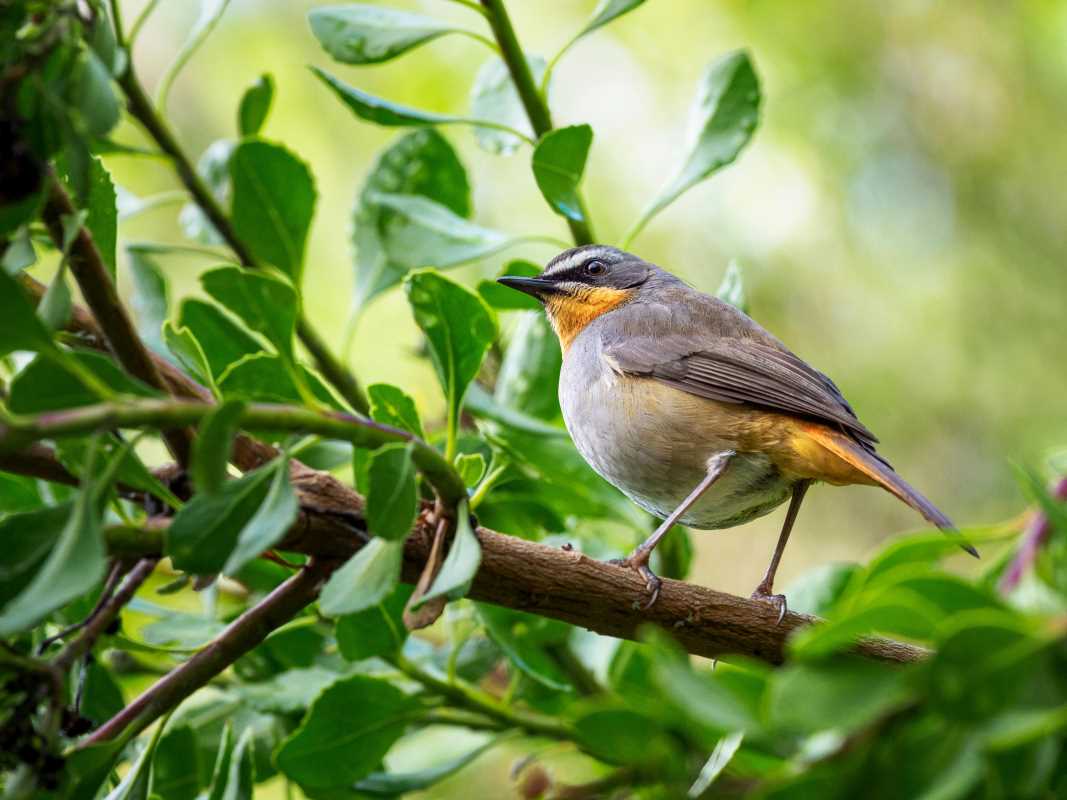 (Image via
(Image via